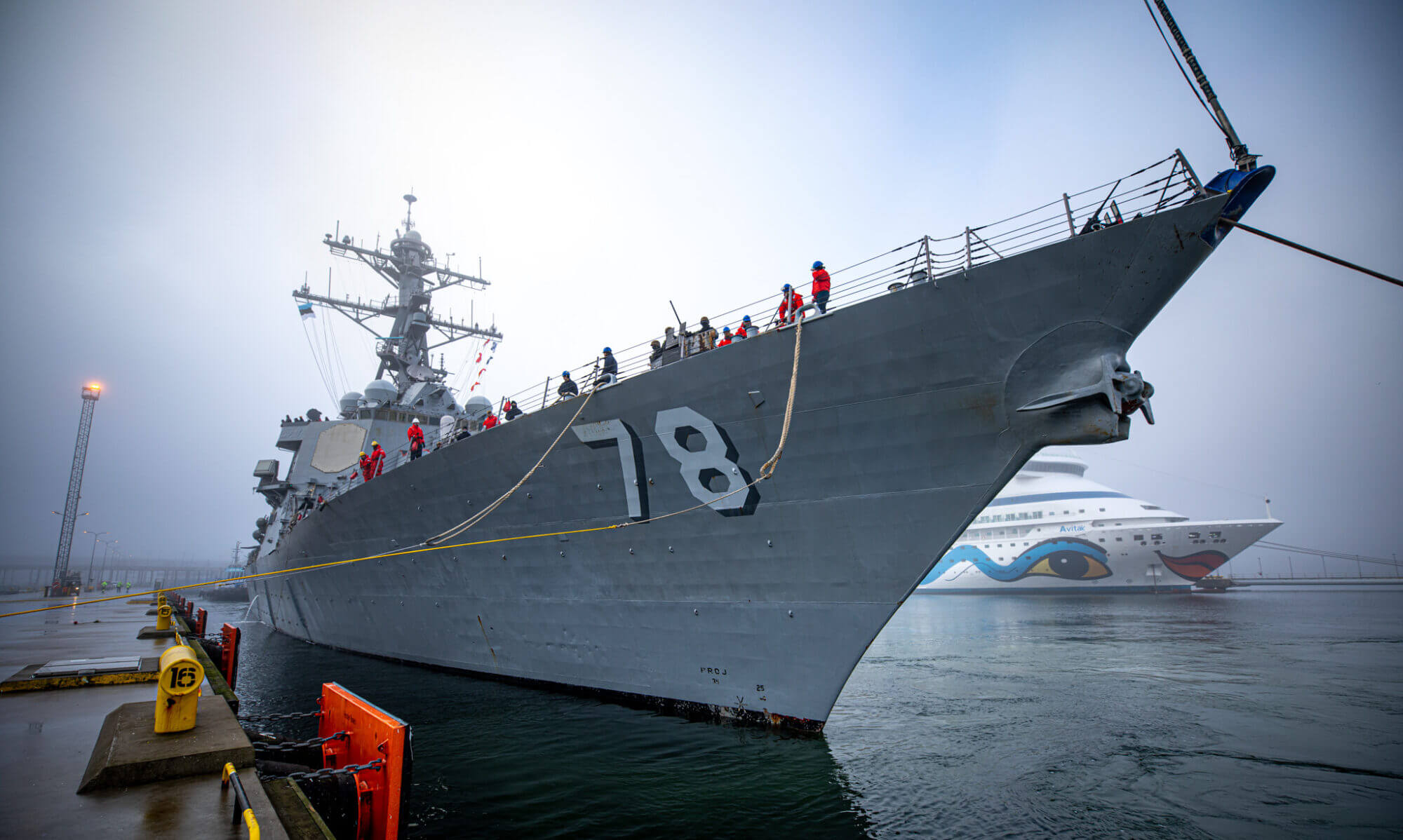
Introduction
In recent developments, the U.S. and Philippines have initiated their largest joint military drills in years, focusing heavily in the contentious South China Sea region. This year’s exercises, known as Balikatan, which means “shoulder-to-shoulder” in Tagalog, have not only grown in scale but also in strategic importance, pushing past traditional territorial waters into areas claimed by China.
Key Takeaways
- The drills have expanded beyond the Philippines’ 12 nautical mile limit for the first time, involving significant naval forces from the U.S., Philippines, and even observers like Australia and France.
- China has expressed strong opposition, citing concerns over the provocative nature of the drills and warning of the risks of increasing regional tensions.
This year’s exercises include new elements like the Strategic Mid-Range Fires missile system, showcasing a significant escalation in military capabilities displayed in the region.
Why This Matters
The Balikatan exercises represent a pivot in the geopolitical stance of the Philippines and the U.S. towards China’s aggressive territorial claims in the South China Sea. These drills signal a robust reaffirmation of their mutual defense commitments and a readiness to maintain security and freedom of navigation in a region crucial for global trade.
Implications for Americans
For the U.S., these exercises bolster alliances in the Asia-Pacific, a region critical to American strategic interests and economic security. They serve as a deterrent against potential threats to freedom of navigation and underline the U.S. commitment to supporting allies under duress from expansive territorial claims by neighboring powers.
Implications for the Philippines
The Philippines finds itself in a precarious position, balancing between asserting its sovereignty and managing a complex relationship with China. The expanded drills underscore Manila’s renewed focus on strengthening its military capabilities and alliances, particularly in light of recent aggressive actions by the Chinese coast guard in disputed areas.
Broader Regional Implications
Australia and France’s Participation
The involvement of Australia and France as observers in these drills indicates wider concerns about the stability of the South China Sea, affecting global trade routes and regional security. Their participation highlights a growing international pushback against unilateral actions that threaten regional stability.
China’s Response
China’s reaction to the drills, including warnings against the militarization of the South China Sea and threats of retaliation, exemplify the heightened risks of military and diplomatic confrontations. Beijing’s stance also reflects its broader strategic objectives to dominate this vital maritime domain, which continues to be a hotspot for international disputes.
Conclusion
The U.S.-Philippines military exercises mark a significant moment in the strategic landscape of the South China Sea. By expanding the scope and scale of these drills, both nations are not only reaffirming their alliance but are also sending a clear message about their stance on maritime sovereignty and international law. As tensions continue to simmer, the international community remains watchful, hoping for resolutions that ensure peace and stability in the region.
Join our efforts to promote a stronger, more secure maritime future. Your support helps us advocate for robust naval initiatives and international cooperation.

